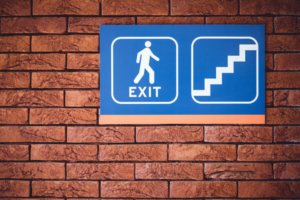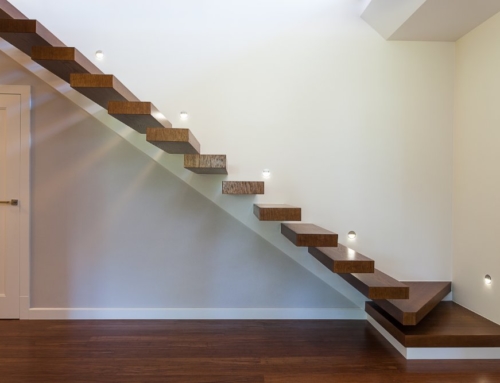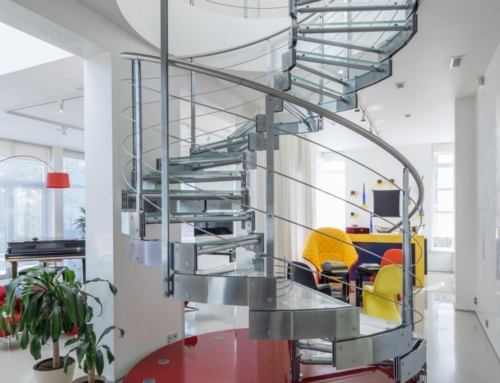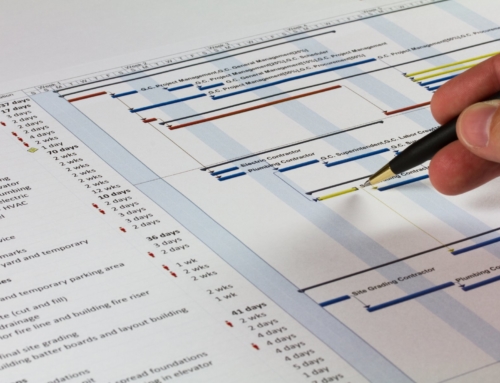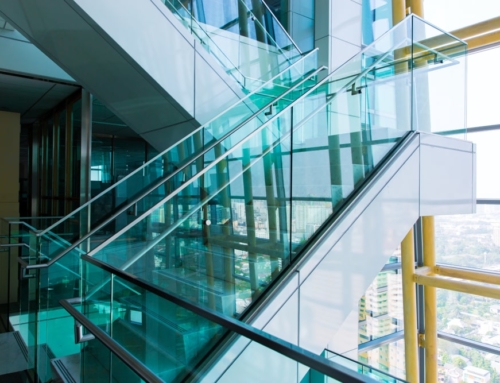While modern staircases come in all shapes and sizes, there’s one thing that should never be sacrificed – fire safety. This includes both replacement stairs and any new ones built, such as those installed for a loft conversion project. Ensuring the structure meets all the required Building Regulations can help save lives.
If you’d like to know more about some of the fire safety considerations for new staircases, read on.
Why Is Fire Safety Important for Stairs?
Overall, it may seem like staircases form such a small part of your home, but as well as providing aesthetical benefits, the structure is primarily a functional aspect of any property.
In fact, in domestic settings where lifts aren’t a staple part of the building, it’s often the only way to move between floors. In the event of a fire, stairs provide the safest escape route to get you to ground floor level.
Therefore, fire safety is one of the most important aspects of any new staircase design.
Considerations for Fire-Safe Staircase Designs
It’s vital you work with an experienced staircases designer who will help ensure the fire safety of your new stairs is paramount throughout the planning stages. This includes looking at everything from the position of the installation to maximising light and visibility.
For example, the best position of the staircase should be guided by the layout of your home. This usually means you shouldn’t have to cross through another room to reach the front door from the stairs once you reach the ground floor, especially if your house is more than two storeys in height.
You’ll also need to think carefully about the materials chosen for each element of the staircase, avoiding anything flammable such as acrylic. Any building over three storeys high with one escape route via the stairway should only use materials of limited combustibility.
Building Regulations for Staircases
The Building Regulations covering much of the requirements for fire safety in domestic dwellings is Approved Document B. This guidance covers everything from protected stairways and fire-resisting construction to the different rules for storeys above and below various heights.
For loft conversion projects, additional fire protection may be required in other parts of the home, including fire-resistant doors, interlinked fire detection systems (alarms) and partitions to protect stairways.
You may also wish to take a look at Approved Document K on the Government’s planning portal website, which talks about other safety measures for staircases, including the steepness of stairs, sizing, headroom, landings, handrails, access, staircase construction and much more.
Do you need more advice?
If you’d like to get an expert staircase designer on board for your home renovation project, contact the team at DDC London. We operate throughout the South East, providing specialist advice, design expertise and staircase installations near areas such as Notting Hill, Cobham and Hampstead. If you’d like to arrange a consultation, get in touch now.
